Expansion of Food Service Sector
The food service sector's expansion plays a crucial role in driving the Reach-In Freezer Market. With the proliferation of restaurants, cafes, and catering services, there is a heightened need for efficient refrigeration solutions. Market analysis suggests that the food service industry has been growing steadily, with an estimated increase of 3% annually. This growth translates into a greater demand for reach-in freezers, which are essential for storing perishable items and maintaining food safety standards. As food service operators strive to enhance their operational efficiency, the adoption of advanced reach-in freezer models is expected to rise, further propelling market growth.
Rising Demand for Convenience Foods
The increasing consumer preference for convenience foods is a notable driver in the Reach-In Freezer Market. As lifestyles become busier, consumers are gravitating towards ready-to-eat meals and frozen food options. This trend is reflected in market data, which indicates that the frozen food segment has experienced a compound annual growth rate of approximately 4.5% over the past few years. Retailers are responding by expanding their frozen food sections, necessitating the use of reach-in freezers to display these products effectively. Consequently, the demand for reach-in freezers is likely to rise as food service establishments and grocery stores seek to meet consumer expectations for quick and accessible meal options.
Growth of Retail and Supermarket Chains
The expansion of retail and supermarket chains is a pivotal driver in the Reach-In Freezer Market. As these establishments continue to proliferate, the need for effective refrigeration solutions becomes increasingly critical. Market data suggests that supermarket chains have been expanding their frozen food aisles, leading to a surge in demand for reach-in freezers. These units are essential for displaying frozen products while ensuring product integrity. Furthermore, as retailers aim to enhance customer experience by offering a diverse range of frozen options, the reliance on reach-in freezers is likely to intensify, thereby contributing to the overall growth of the market.
Increased Focus on Food Safety Regulations
The heightened emphasis on food safety regulations is a significant driver for the Reach-In Freezer Market. Regulatory bodies are enforcing stricter guidelines regarding food storage and handling, compelling food service operators to invest in reliable refrigeration solutions. Compliance with these regulations often necessitates the use of reach-in freezers, which provide optimal temperature control and monitoring capabilities. Industry expert's reveal that establishments failing to meet these standards face potential penalties, further incentivizing the adoption of compliant refrigeration systems. As food safety remains a priority, the demand for reach-in freezers is expected to grow, reflecting the industry's commitment to maintaining high standards.
Technological Innovations in Refrigeration
Technological advancements in refrigeration systems are significantly influencing the Reach-In Freezer Market. Innovations such as energy-efficient compressors, smart temperature controls, and eco-friendly refrigerants are becoming increasingly prevalent. These advancements not only enhance the performance of reach-in freezers but also align with sustainability goals. Market data indicates that energy-efficient models can reduce energy consumption by up to 30%, appealing to environmentally conscious businesses. As operators seek to lower operational costs while adhering to regulatory standards, the integration of these technologies is likely to drive demand for modern reach-in freezers, thereby shaping the market landscape.


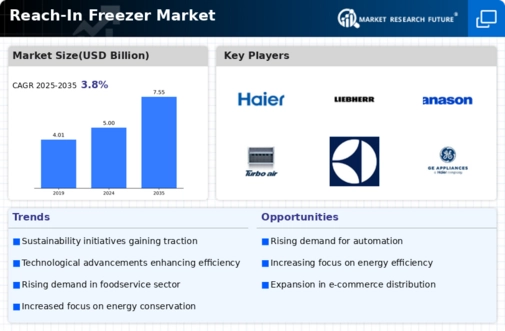
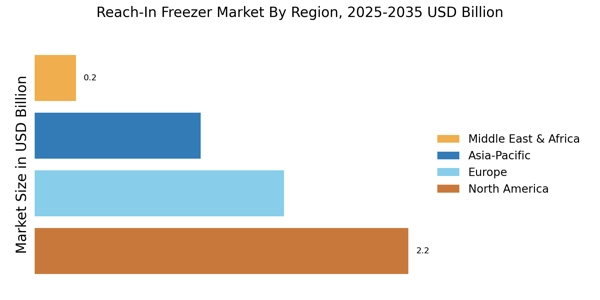

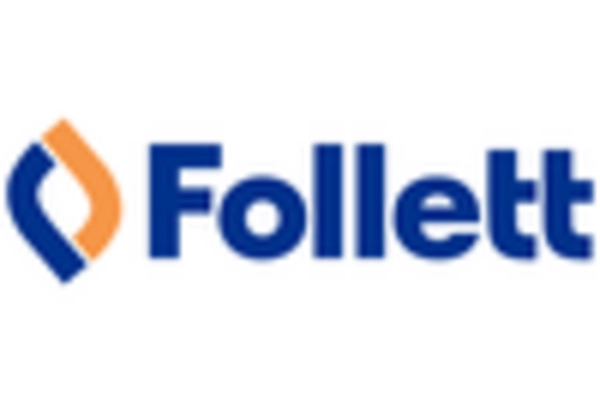
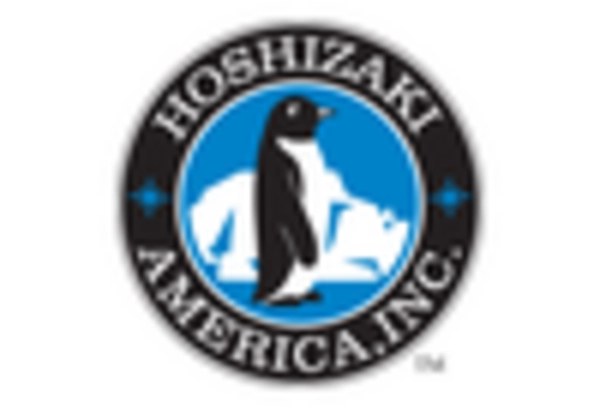
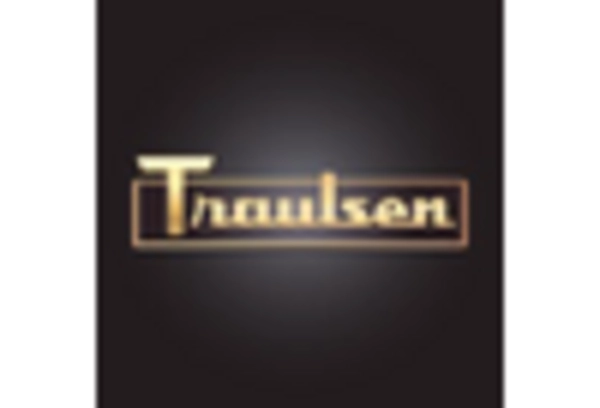
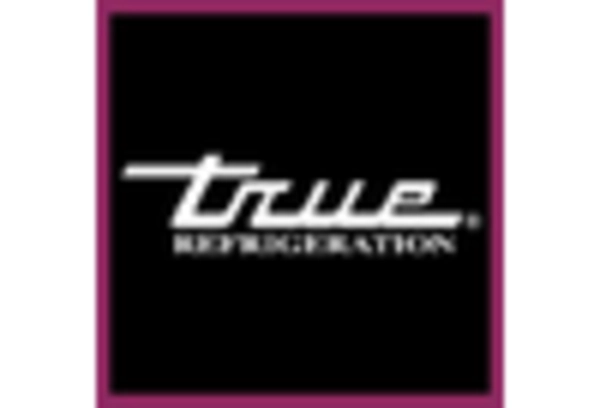









Leave a Comment